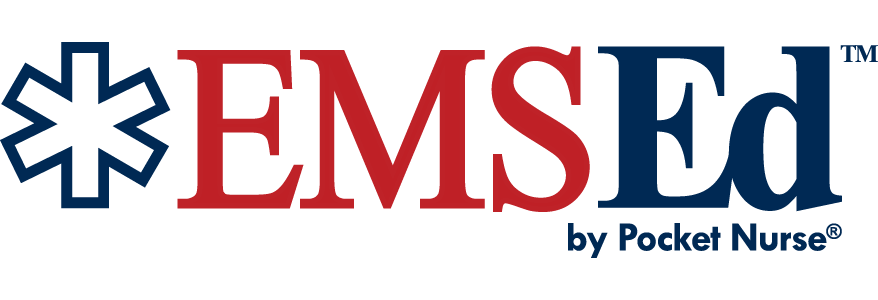
Simulation has been a part of nursing education for more than 40 years, gaining universal acceptance as an imperative part of any accredited curriculum in the various fields of nursing and allied healthcare in the past decade. Adoption of simulation in pre-hospital and EMS education has gained similar traction recently.
According to the National Association of EMS Educators (NAEMSE), the expansion of simulation in EMS education is needed because of the unique challenges first responders, EMTs, and paramedics encounter on the job.
Simulation is being adopted in EMS education for four reasons:
- EMS programs want to improve patient outcomes.
- EMS programs would like to institute a uniform standard of pre-hospital care from the emergency site through patient discharge.
- The skillsets being taught by EMS educators and practitioners require medical education and simulation solutions distinct from what is available.
- There is an increasing emphasis on educational outcomes and broad competency-based assessment.
It stands to reason that EMS disciplines want to expand their learning experiences in simulation as much as possible, while sharing resources and best practices with allied healthcare professionals along the way.
Barriers to implementing simulation in EMS education include:
- Proper faculty training
- Psychological fidelity
- Lack of shared resources and funding
- Skillsets that are constantly evolving
A solutions provider like Pocket Nurse® can help overcome obstacles for EMS programs. Because of our more than 25 years of experience in medical education and simulation services, we can provide an understanding of available resources.
Pocket Nurse supports EMS simulation exercises by attending shows such as the EMS World Expo. We offer solutions such as Demo Dose® simulated medications, manikins and task trainers, and respiratory equipment for simulation. An event like EMS World Expo is a fantastic opportunity for faculty and students to learn about industry dynamics shaping the future of EMS programs and careers.
Products offered by Pocket Nurse are for educational use only, not for clinical or diagnostic use. Demo Dose is for instructional use only, not for human or animal use.







